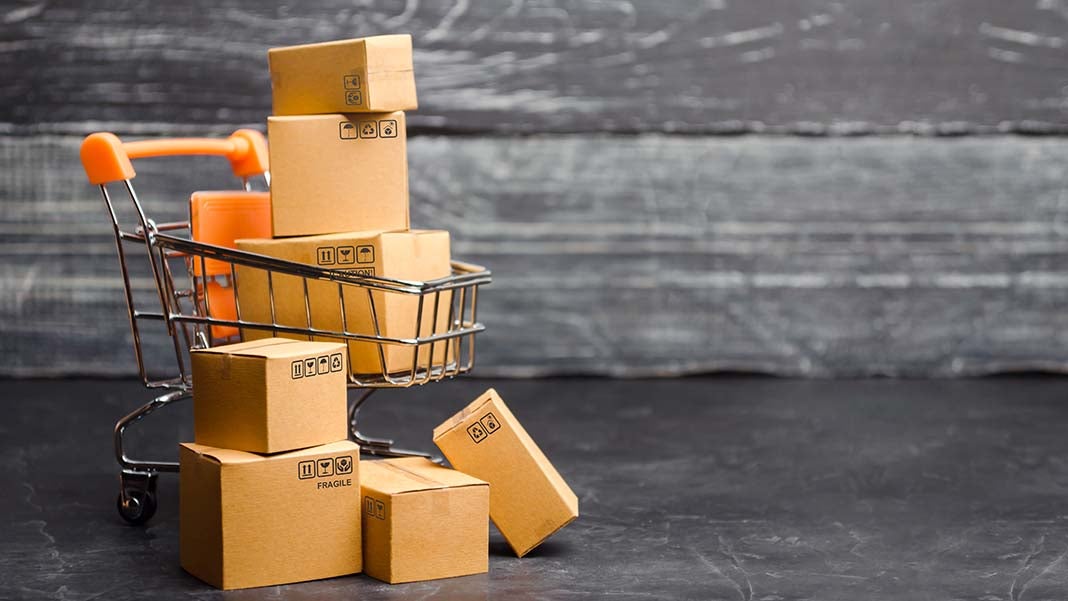
Competing against a giant such as Amazon seems almost impossible at first glance. They buy in bulk and can offer discounts you simply can’t cover, their inventory is massive and they ship in two short days for Prime listings. Amazon has even bought Whole Foods and now offers grocery delivery in a few select areas. However, you have a few tricks up your sleeve that Amazon and other gargantuans like it simply don’t have.
At least one in two people you know are probably subscribers to the Prime Service. As of June 2019, about 57% of Amazon’s customers are also Prime Members—or about 105 million people.
Just how do you compete with a form of shopping where the customer doesn’t have to leave their home or even get out of their pajamas to get what they want when they want it? Fortunately, there are some limitations to an Amazon shopping model. Knowing what they are and how you can fill the gap will help you serve the needs of your customers better than anyone else could dream of.
1. Get Personal
Amazon is about offering huge volumes and big discounts. You’ll never compete with them on pricing, but you can offer something they aren’t famous for—one-on-one personalized service.
When your brand is smaller, it’s much easier for you to get to really know your best customers. Study data about past purchases so that you can recommend new items they might like. Follow up on a big sale with a personal thank you note. Greet them by name when they come into your brick-and-mortar locations. Make the service as personal as possible. This type of attitude really stands out in a mostly impersonal world.
2. Focus on Branding
Amazon is seen as having a massive inventory and low prices. How do consumers see your brand? Placing the focus on leaving an impression will keep your business in the front of buyers’ minds and make it more likely for them to think of you when they want something in the niche you serve. Figure out what you do particularly well, and share that information with your target audience.
3. Build an Omnichannel Experience
The way people shop has changed in recent years. If you have an online store and a physical location, consumers expect that they’ll get the same service from both. These buyers want to buy a pair of jeans online and return them to the store if they don’t fit to save on shipping costs. They expect an expansion of store offerings online in additional colors and sizes. Your customer service reps should understand that these customers want the same experience across different channels, and they should be fully trained to offer the same attitude and policies no matter where the customer interacts with them.
4. Tap Into Mobile
If you haven’t already tapped into the power of mobile marketing, you’re missing out on a big portion of potential customers. In a recent Pew Research Center survey, researchers found that about 81% of Americans now own a smartphone. Invest in smartphone technology that helps build your customer base and makes shopping easier. Release a game that lets shoppers try on an outfit on their custom virtual model. Send push notifications about new products personalized to their needs. Make sure your online store is mobile-responsive.
5. Embrace the Local Community
Some people don’t care for large corporations, or they simply want to support small local businesses to keep them from disappearing forever. Get out in your community and make your name known to attract local fans. Attend small fairs, sponsor a sports youth league, attend networking events for area businesses and embrace a local cause, such as cleaning up a nearby park. Show your community that you care about them—once you do, they’ll be much more likely to invest in you.
6. Figure out Logistics
It’s nearly impossible to compete with Amazon’s shipping speeds. They work directly with the USPS to get packages where they’re going and get them there fast, and they have their own delivery drivers and warehouses all across the country. There’s simply no way a small business can compete with such a multibillion-dollar operation. However, you can still offer shipping and send packages as quickly as possible within your means. People generally won’t expect you to be Amazon, but they’ll expect to have options so that they don’t have to leave their home.
7. Start a Loyalty Program
The only thing close to a loyalty program that Amazon offers is their Subscribe & Save option. However, the items available in this program are limited and the reward may not be worth the automatic billing involved. After all, if you’re fully stocked up on toilet paper and suddenly receive a huge pack of it because you forgot to stop the shipment, it’s more of an aggravation than a help.
Creating a loyalty plan that’s better than Amazon’s shouldn’t be hard at all, but it needs to tap into your business model. If you own a bakery, you might offer an app that has a bar code you scan each time the consumer comes in. After so many visits, the user gets a free coffee or muffin. On the other hand, if you own a clothing store, your rewards might tap into the amount spent — perhaps the person gets a tick each time they spend $50. Figure out the best way to reward your most loyal customers, and they’ll keep coming back.
Be Bold
Amazon may take some business from you. It’s pretty hard to compete with cheap prices and fast shipping. However, if you can tap into some of the things Amazon does poorly, such as personalized service, and let customers know you’re there for them, you’re much more likely to find fans. Don’t be afraid to try bold marketing moves and even point out the ways you’re better than Amazon.
1662 Views












